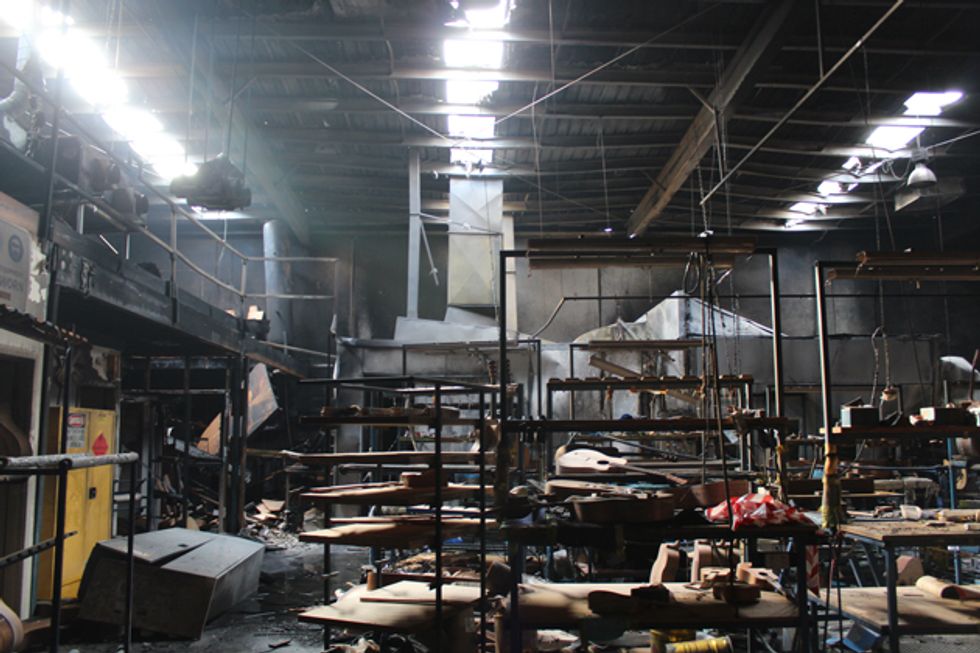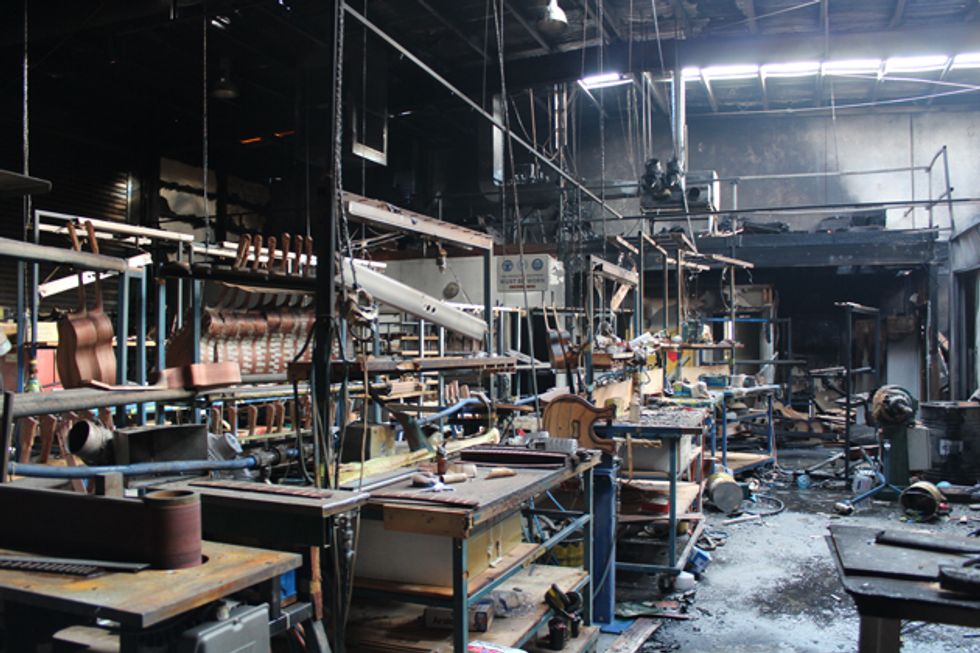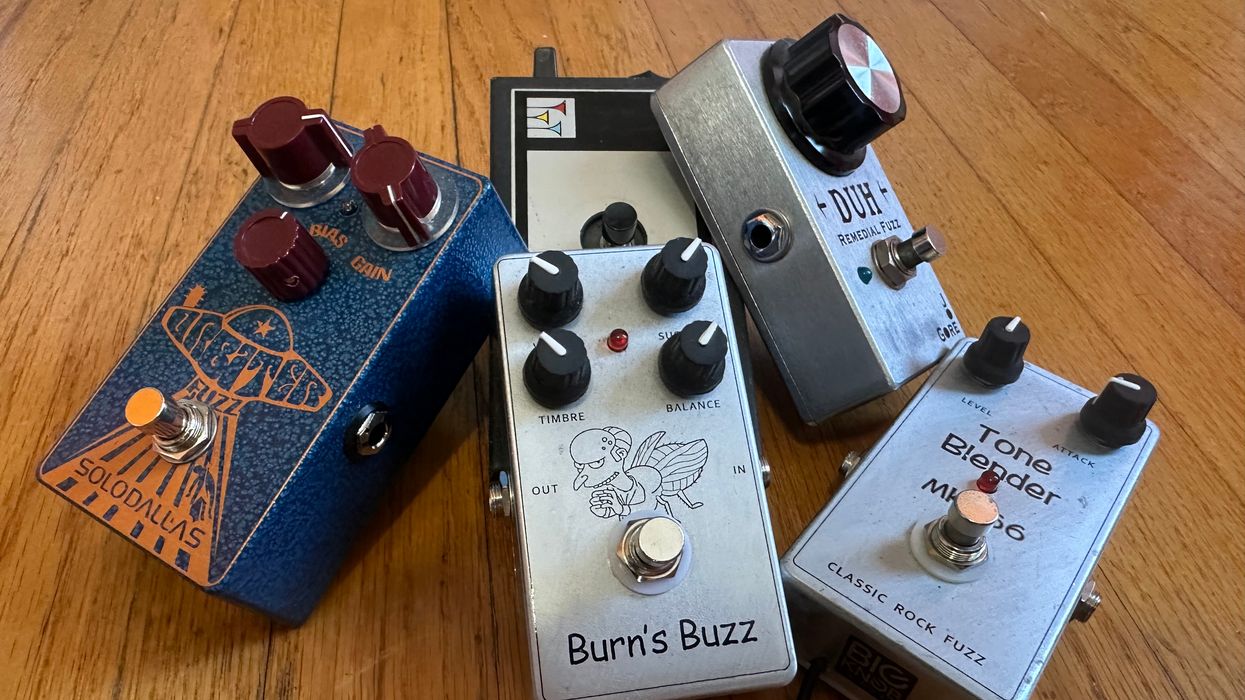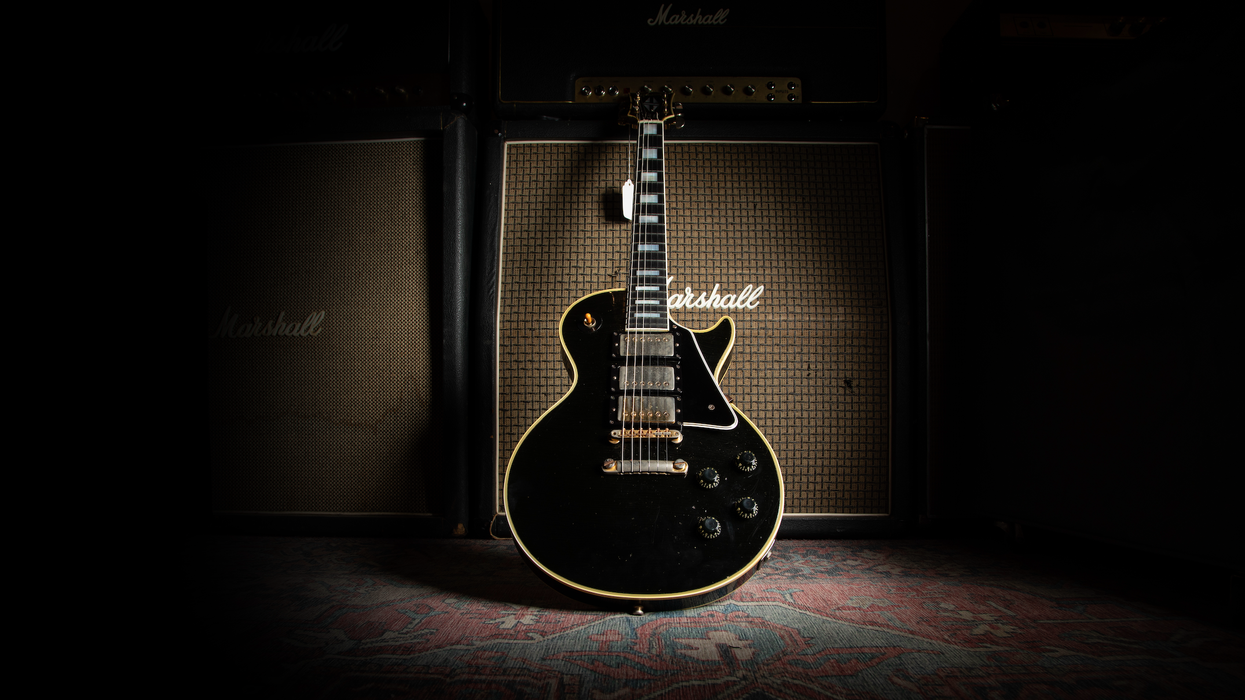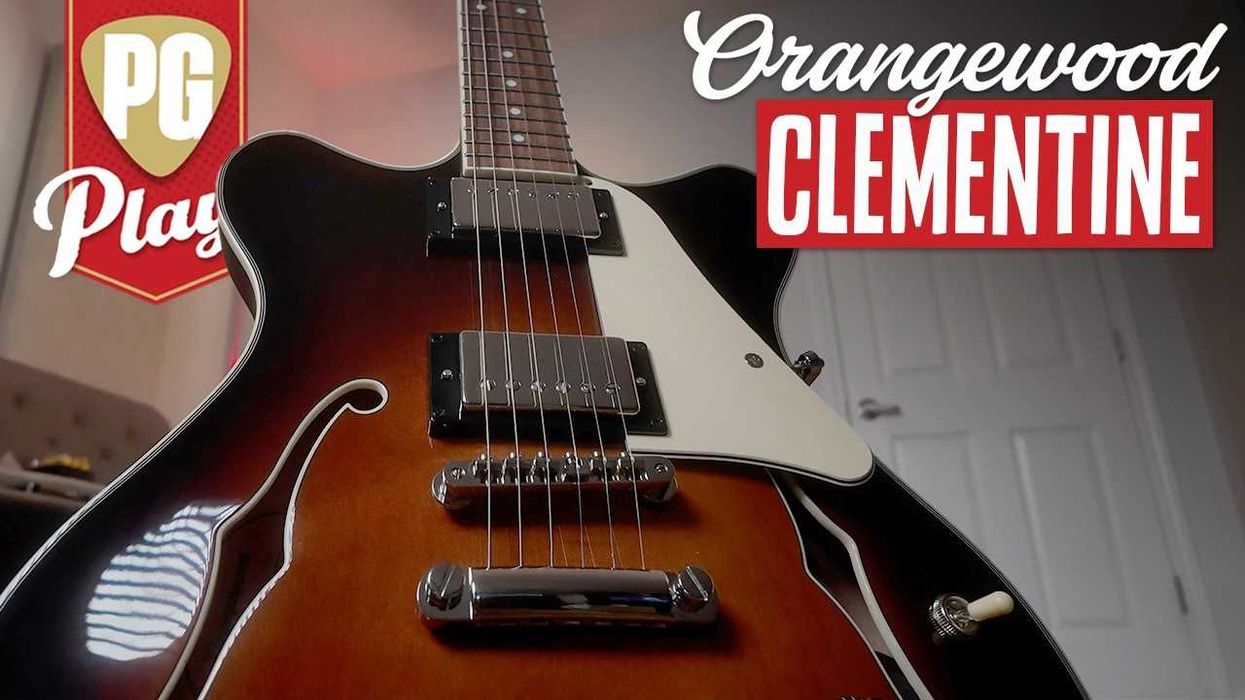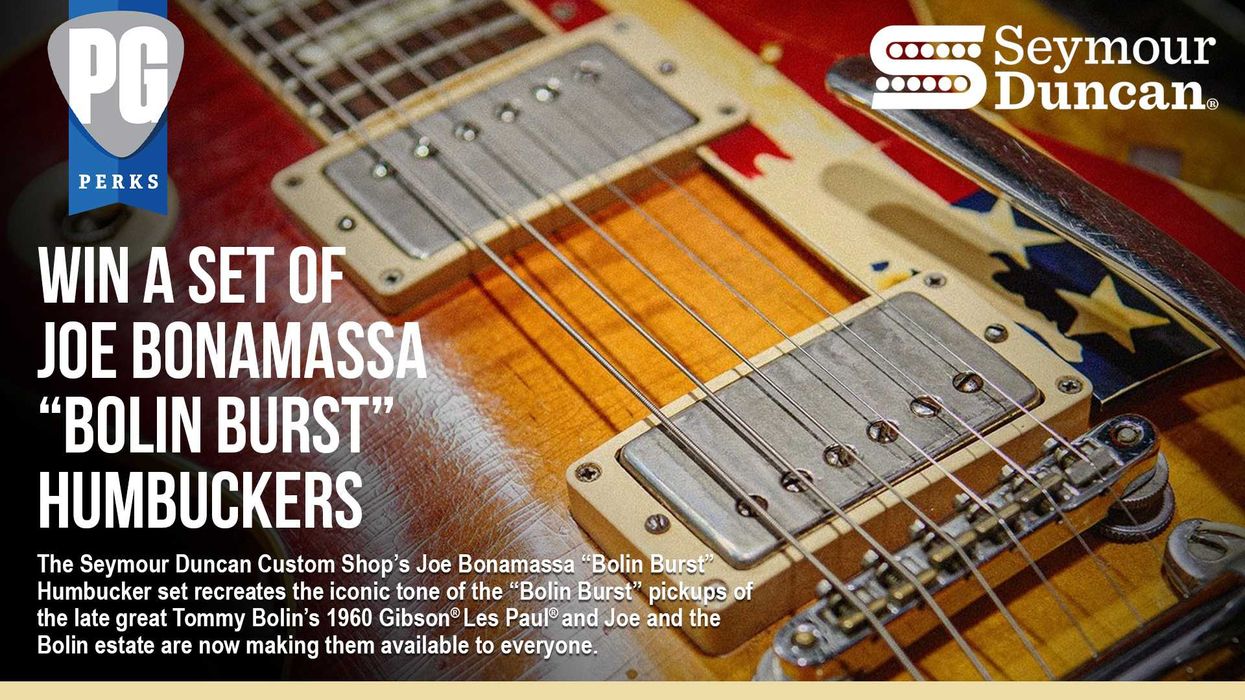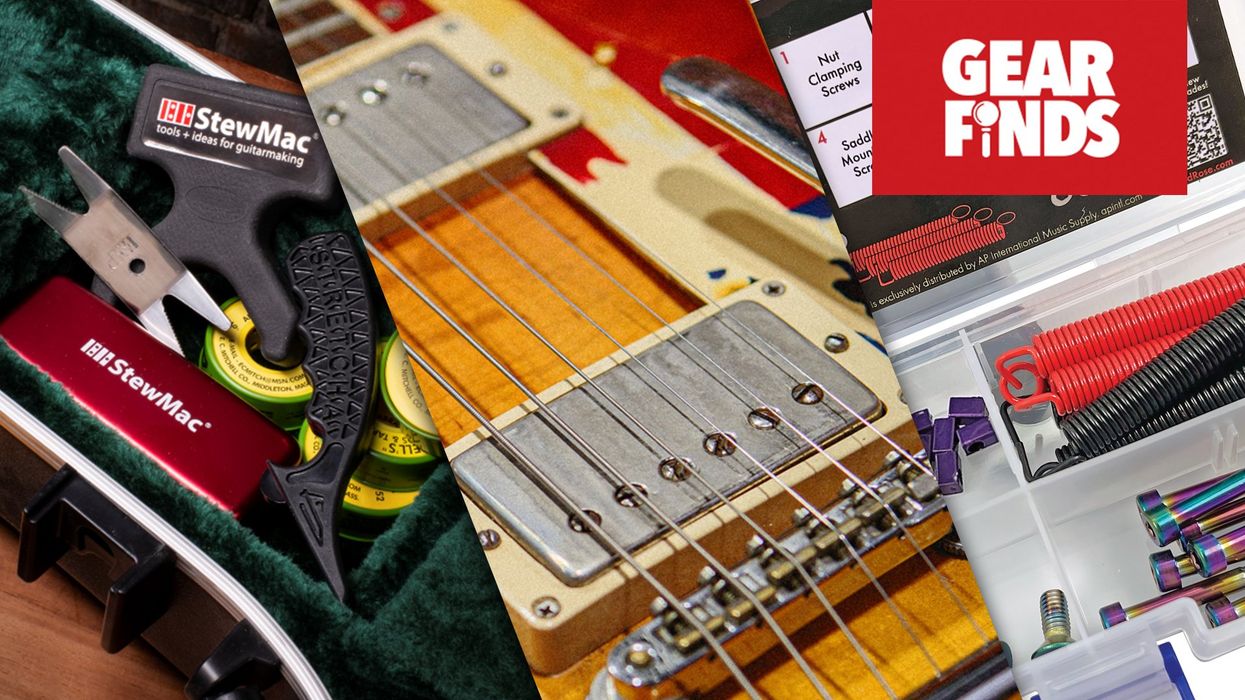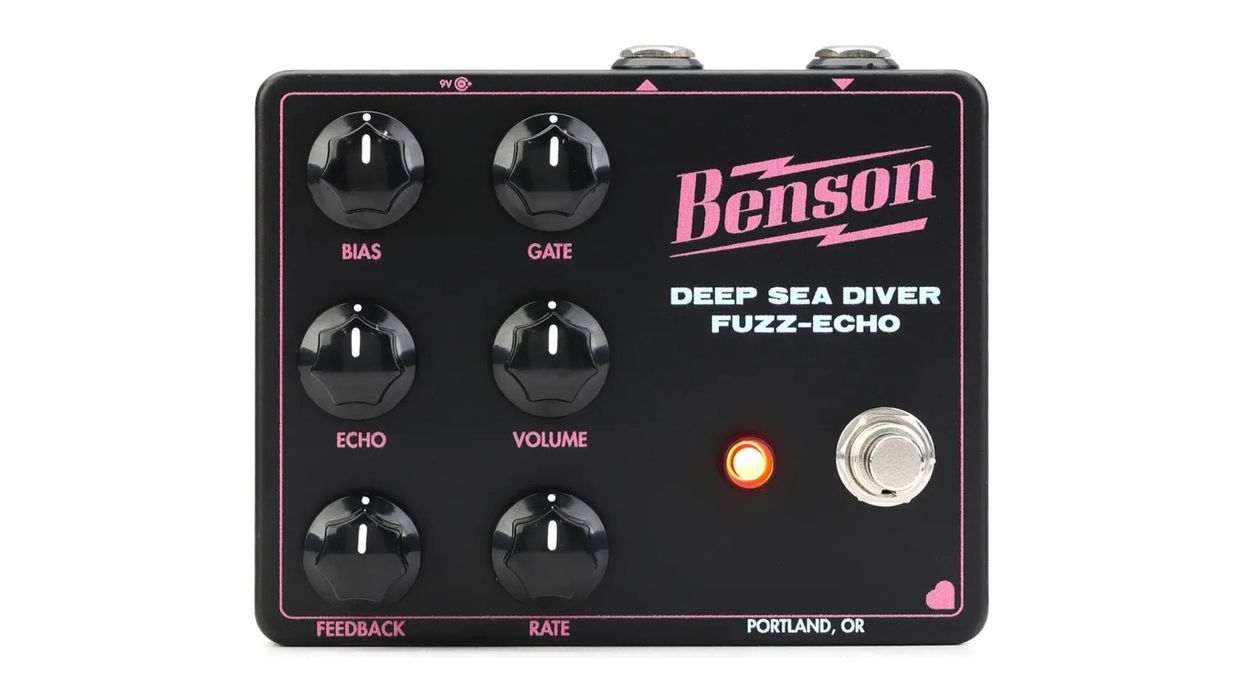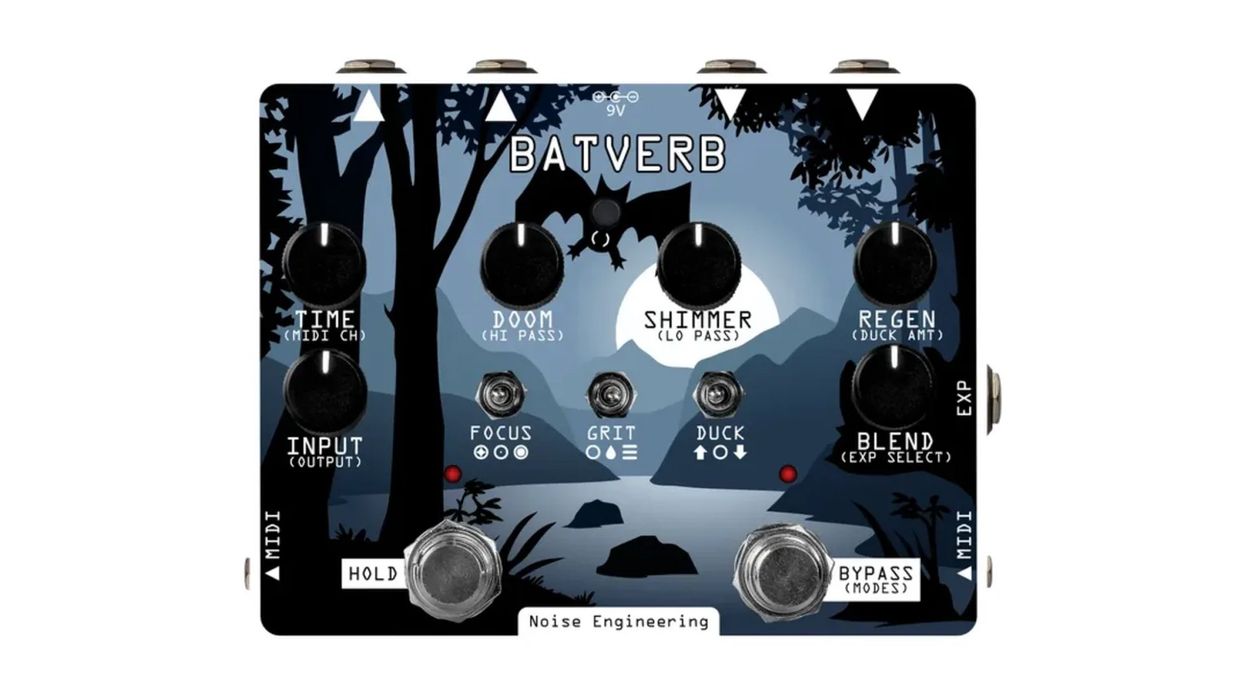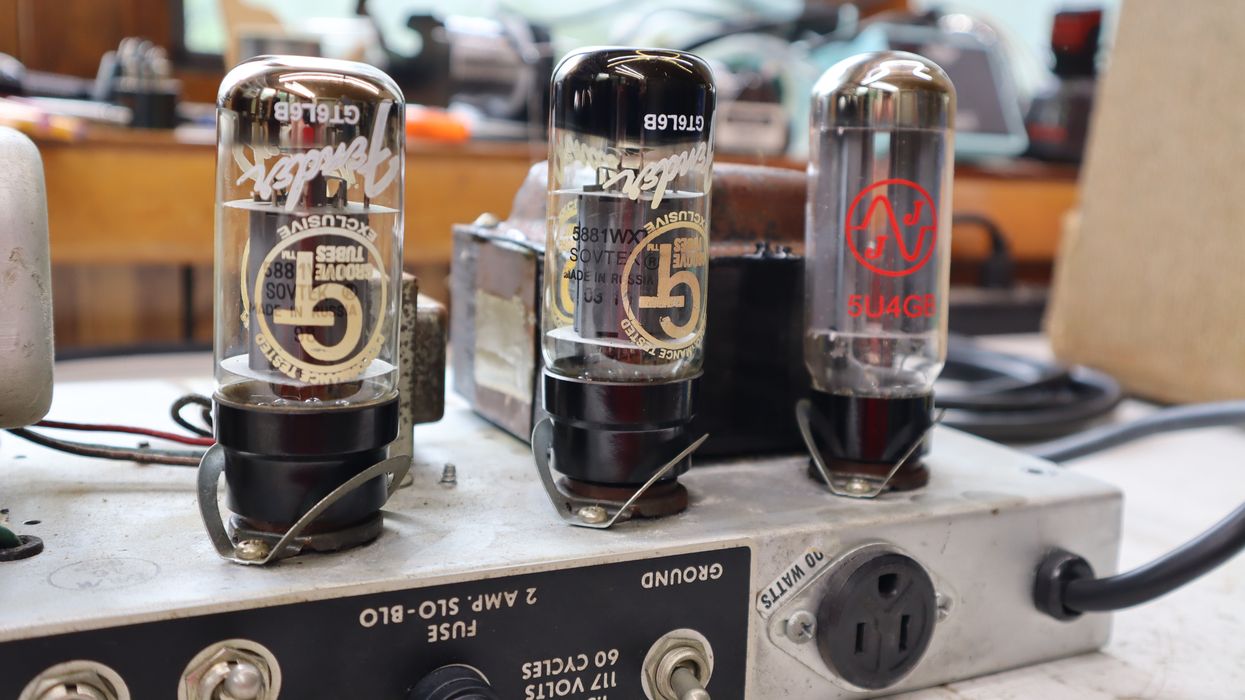Melbourne, Australia (August, 2013) -- On Tuesday, August the 27th, Cole Clark Guitars, located in Melbourne, Australia, experienced a major fire. The outbreak which started in the paint shop and moved throughout the entire rear factory completely destroying a large amount of inventory, the set up shop, drying kilns, a five axis CNC router, all the band saws, cutters, sanders, and the climate control system. The building has also been structurally compromised and the damage is well into the millions of dollars.
“We are working through it with our insurance company and should be back to making the highest quality Australian made guitars in around six weeks.” says Miles Jackson CEO of Cole Clark Guitars. This will be done by setting up a temporary workshop facility in an adjacent factory not damaged by the fire. “The plan is to have the damaged factory completely restored and back up and running at normal capacity in around four months”. Says Mr. Jackson.
Cole Clark started in 2001 with three clear aims. The first was to make an acoustic steel string guitar utilising the Spanish integral neck method.This produces a guitar thatenables an unsurpassed build quality and a unique sound.The second aim was to build the most natural sounding pickup available into these guitars. This was done with Cole Clarks patent pending DID Face Brace pickup system. The final aim was to use as many local sustainable unique tone woods as possible without sacrificing tone or strength. All of this was achieved.
Cole Clark Guitars now hand craftsover 4,000 guitars a year with over half of these guitars going to the international export market. Cole Clark has a great family of artists using their products including Jack Johnson, Snow Patrol, Angus and Julia Stone, Lloyd Spiegel, Xavier Rudd, and Birds of Tokyo.
“We thank all our friends and partners for their kind offers of help and their patience as we get back on our feet and rebuild the company to an even stronger position”. Says Miles Jackson.
For more information:
Cole Clark Guitars
